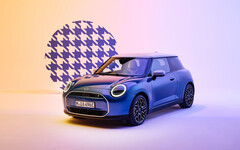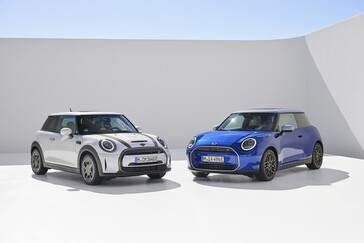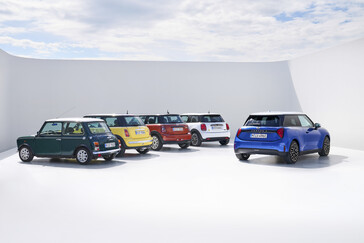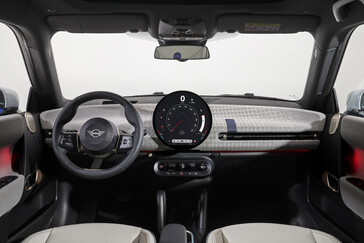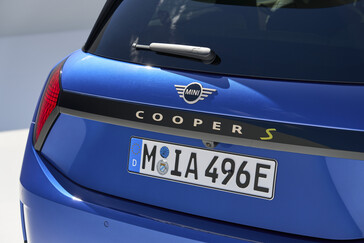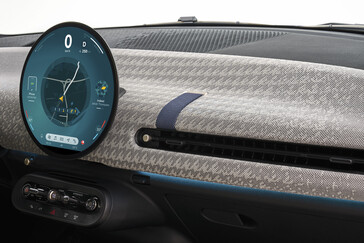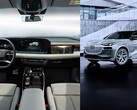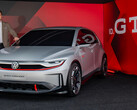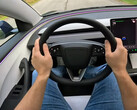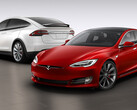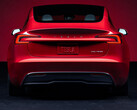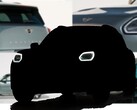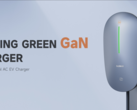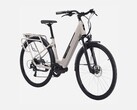Mini has finally launched the new and improved electric Cooper E and Cooper SE compact hatchbacks after weeks of leaks and rumours about the new vehicle. While there are a number of changes in the design department, some of the biggest improvements to the new Mini Cooper come from a redesigned chassis and body. These engineering changes not only allow for a bigger battery with more range but also build on the Mini's classic go-kart handling and driving dynamics.
The new Mini Cooper will be available in two front-wheel-drive trims, and it's unclear if Mini will release an AWD version of the compact hatchback — a feature that would be a lot easier with electric motors than a petrol drivetrain. The entry-level Cooper E will be equipped with a single 184-hp electric motor with 290 Nm of torque fed by a 40.7 kWh battery pack, collectively delivering a WLTP-estimated 305 km of range.
The top-spec Cooper SE, however, drives the front wheels with a 218-hp electric motor that delivers 330 Nm of torque and 402 km of range, thanks to a much larger 54.2-kWh usable battery capacity. Both vehicles are available with a choice of 16- or 18-inch rims.
As for performance, the Cooper SE does the 0-100 kph dash in around 6.7 seconds, while the Cooper E does the same in 7.3 seconds. While these numbers may not seem spectacular, the main attraction of the Mini Cooper has always been the sharp handling and the fun driving experience, rather than raw performance. Mini says the new Mini Cooper SE and E both deliver on the typical Mini driving experience, thanks to a low centre of gravity, increased track width, and revised suspension setup.
Moving on to the design side of things, the Mini Cooper EV sees some small, but substantial changes to the exterior, while the interior gets an almost-complete overhaul that's surprisingly retro with a touch of sci-fi. The new Mini Cooper has a cleaner, more minimalist design overall, but it keeps the classic round headlights and general Mini shape, with a few seemingly aerodynamic adjustments made to the body panelling to increase efficiency.
Mini has also refreshed the looks of the Union Jack tail lights, making them more angular — a move that might prove to be divisive but serves to refresh the aesthetics of the back of the car significantly.
On the inside of the new Mini Cooper, the dashboard features a patterned textile finish, with simple, rounded air vents in all the places you might expect them. While Mini has kept the toggle switches beneath the domineering, round OLED infotainment screen in the centre of the dash, it has seemingly followed Tesla's lead in ditching the instrument cluster behind the steering wheel. Buyers can opt for a heads-up display on the dashboard to bring back the same functionality, but the instrument cluster is sure to be a controversial omission.
In terms of charging, Mini claims that the Cooper E and Cooper SE can handle up to 75 kW and 95 kW, respectively, resulting in a 10-80% recharge in just shy of 30 minutes. That charging stop duration is fairly standard, if somewhat long, but there are many EVs nowadays that charge at well over 200 kW.




